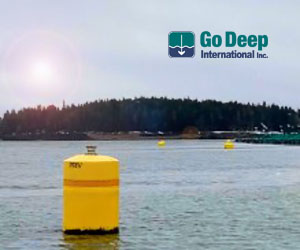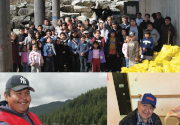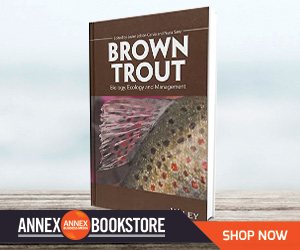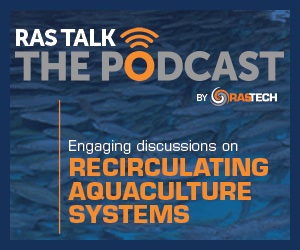| |
| |
 |
 |
| |
 |
|
@{mv_date_MMM d, yyyy}@ |
|
| |
 As part of an industry-wide effort to make aquaculture as environmentally-sustainable as possible, the AKVA Group of Norway says it will produce entire net pens using recycled plastics, an initiative meant to also prove the point that such recycled materials meet quality standards.
» Read more
As part of an industry-wide effort to make aquaculture as environmentally-sustainable as possible, the AKVA Group of Norway says it will produce entire net pens using recycled plastics, an initiative meant to also prove the point that such recycled materials meet quality standards.
» Read more
Nannobubble technology has been in used in salmon farming for ages to mitigate algal blooms and improve water quality overall, but an engineer says there were some weaknesses in the technology.
» Read more
Jeanne McKnight is the executive director of Northwest Aquaculture Alliance, and she is also president and chairman of her own communications firm, McKnight Group. In this episode, we meet up with Jeanne at Aquaculture 2022 in San Diego to share her thoughts on how the industry has changed over the years.
» Read more
|
| |
|
| |

|
| |
|
| |
 A coalition of First Nations leaders from British Columbia are asking Canada to re-issue for a minimum of five years the salmon farming licences expiring this June to give them time to properly engage with their communities, government and other stakeholders on the 2025 transition plans.
» Read more
A coalition of First Nations leaders from British Columbia are asking Canada to re-issue for a minimum of five years the salmon farming licences expiring this June to give them time to properly engage with their communities, government and other stakeholders on the 2025 transition plans.
» Read more |
| |
|
| |

The brown trout is an iconic species across its natural European distribution and has been introduced throughout the World. Brown Trout: Biology, Ecology and Management offers a comprehensive review of the scientific information and current research on this major fish species. While the brown trout is the most sought species by anglers, its introduction to various waters around the world is causing serious environmental problems. At the same time, introduction of exogenous brown trout lineages threatens conservation of native gene pools of populations in many regions. The authors summarize the important aspects of the brown trout’s life history and ecology and focus on the impact caused by the species. The text explores potential management strategies in order to maintain numerous damaged populations within its natural distributional range and to ameliorate its impacts in exotic environments.
» Learn more |
| |
|
| |
More than 75 years since Kumamoto (Crassostrea sikamea) oyster seeds first arrived in the United States from Japan, “kumies” have cemented their place in the market.
» Read more
|
|
Roughly eight months since Texas approved three permits for oyster leases (one of them conditional), there still are no new permit holders in the state. “The permit process is extensive due to the number of agencies farmers have to work with,” said Hannah Kaplan, co-owner of Texas Sustainable Oyster Company.
» Read more
| | |
|
| |

|
| |
|
| |
|
|
| |
| |







